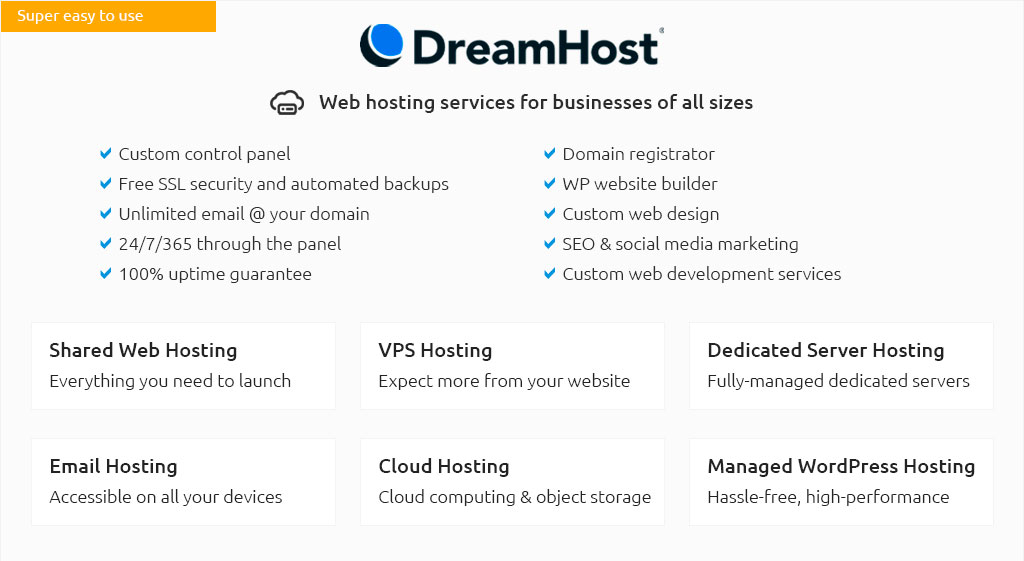 |
|||
 |
 |
 |
|
 |
|
 |
 |
 |
|||
 |
|||
 |
|||
 |
|||
 |
 |
aws web hosting pricing explained for smart budgetingWhat drives the costAWS charges by what you use, so your monthly bill reflects compute time, storage, and network traffic rather than a fixed plan. That flexibility is great, but it means understanding the levers that raise or lower spend.
Popular pathsStarter appsPair S3 + CloudFront for static hosting, or a small t-class EC2; many workloads fit the Free Tier while you test. Growing teamsUse autoscaling behind an ALB, RDS for data, and a cost-aware mix of On-Demand and Savings Plans. Budget tips
Bottom line: plan capacity, watch usage, and let pricing work for you-not against you.
|